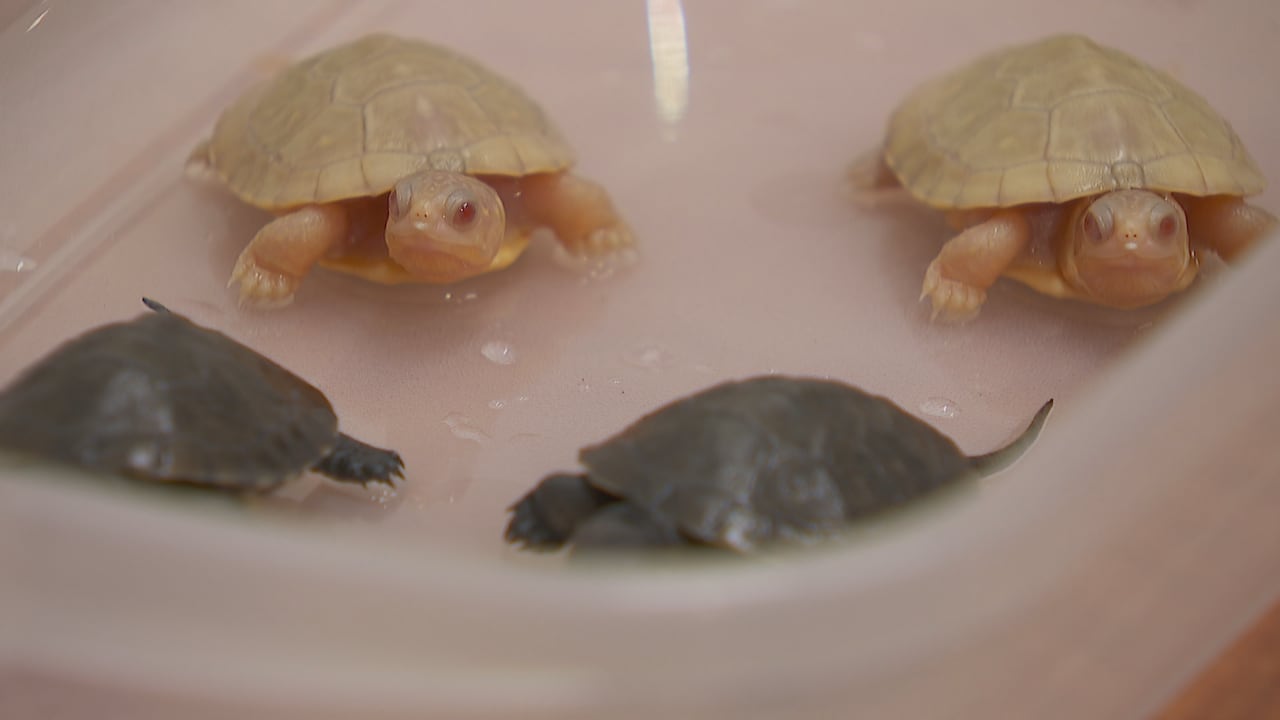A landslide that swallowed a home and left a 300-metre crater in the middle of a rural road in central Quebec on Wednesday has left many wondering how it could have happened.
Usually when people think of landslides, they think of a slope with rocks and debris rushing down and not a seemingly flat expanse of land appearing to collapse in on itself.
As it happens, however, the type of landslide that hit Sainte-Monique, Que., on Wednesday is quite common in southern Quebec, due to the province’s topography and its soil.
Simon Legault, a science communicator with Ouranos — Quebec’s climatology and climate change innovation hub — explained that most of the St. Lawrence Valley is covered in clay.
“So what we mostly see in southern Quebec is just like a muddy slide or just soil that loses consistency or becomes a little bit more liquefied and just slowly drifts into the lower land around,” he said.
According to data on the Quebec government website, around 100 landslides and incidents of unstable ground are reported to municipal authorities each year and are more frequent in the spring and fall, or during extreme meteorological events.
Extreme weather makes land less stable
For Philippe Gachon, a professor at Université du Québec à Montreal’s geography department, what stands out in Wednesday’s event is the landslide’s magnitude which “has rarely been seen in recent years in Quebec.”
In a phone interview with The Canadian Press, Gachon pointed to clay as being a landslide risk and added the land has become less stable due to more extreme weather conditions.
Clay can become unstable due to excessive rain or extreme dryness, he explained — and Quebec has seen both in recent years.
“Clay doesn’t like when there’s too much water, and it doesn’t like it either when there isn’t enough water because it has a tendency to fracture,” he said.
As extreme weather becomes more common, he says it’s vital to better understand the entirety of the water cycle in the province, which he said is vulnerable to hydrological “whiplash” due to alternating periods of extreme wet and dryness.
“It’s clear that with climate change, we’re going to face events we’ve never experienced before, certain phenomena we’ve never seen before in history,” he said.
Climate change increases risk, expert says
Legault also believes climate change is likely to increase the risk of landslides in the future.
Over the next decades, he says the province is expected to see more rain, and an earlier onset of the spring thaw, allowing more water to penetrate into the ground.
“Water is a factor that can contribute to ground movement or landslide because you need to have more water, or an excess of water inside the ground that causes that liquefaction,” he said.
The higher risk of landslides, however, doesn’t necessarily mean increased frequency, he said, “depending on how we adapt the terrain.”
Currently, estimates show that 40 per cent of reported landslides are linked to “poor practices associated with human activities that affect slope stability,” according to Ouranos’ website.
“We have natural landslides, but we sometimes have populations that are just modifying slopes,” Legault said.
Things like building a structure on top of a hill, excavating at the bottom of a slope, building something that would direct more water toward a slope or cutting trees, are all examples of activities that could contribute to increasing the risk of landslides.
Legault said municipal and provincial authorities are working to better understand the lay of the land to know where risks are highest. This work must continue, he said, and it’s important that the population knows the risks as well.






